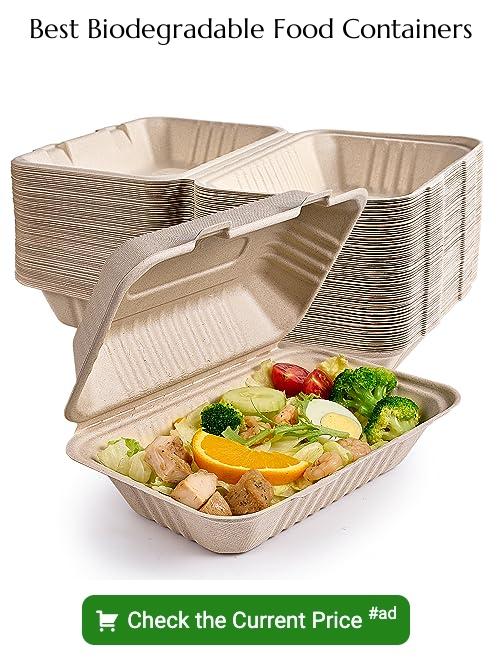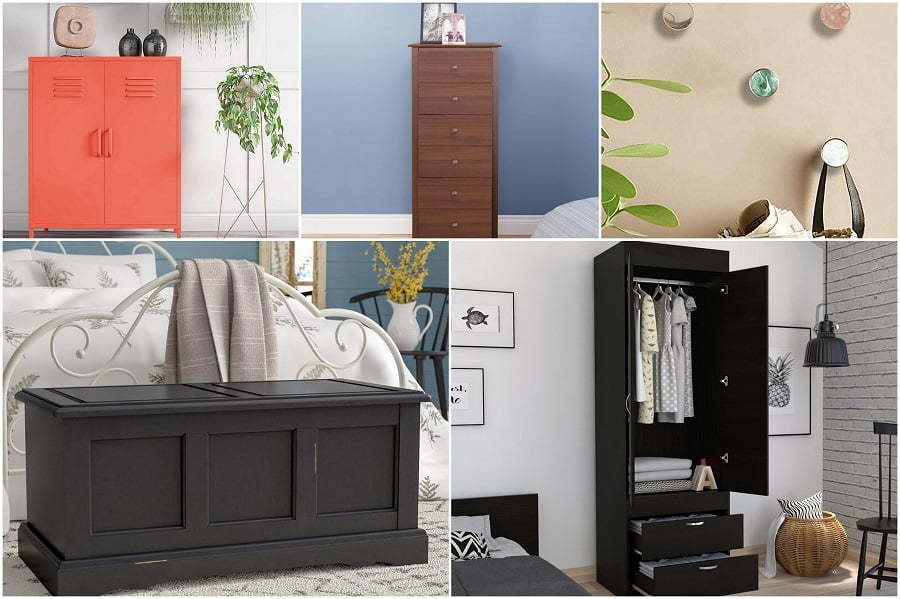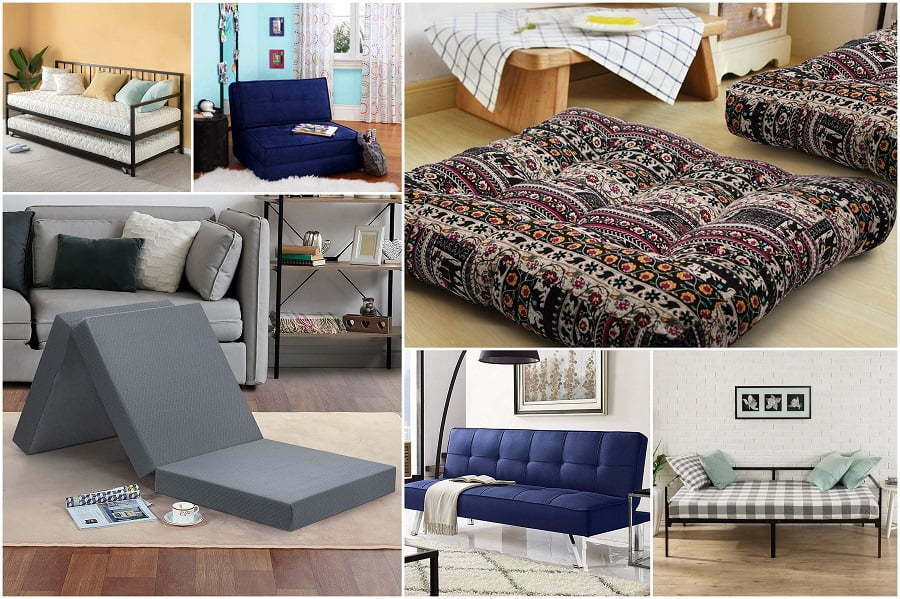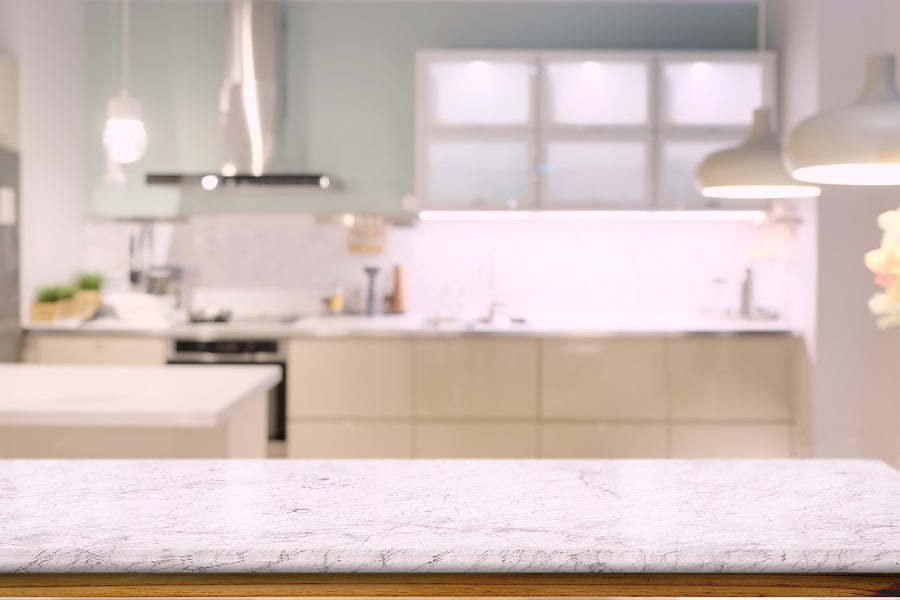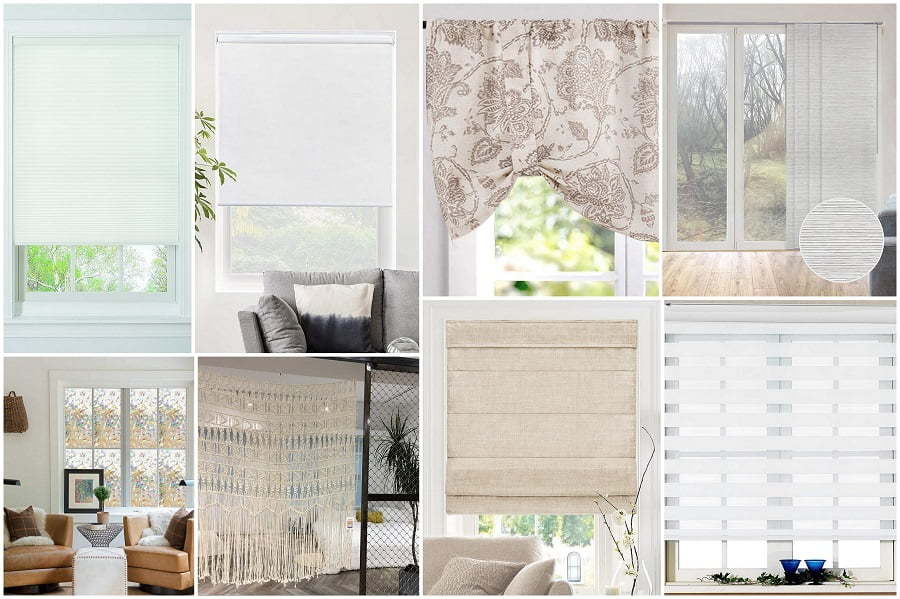Last updated on
Explore eco-friendly alternatives to Styrofoam as we dive into innovative and sustainable materials revolutionizing the packaging industry.
Welcome to my blog, where I share tips and tricks on how to create stunning decor on a budget. Today’s topic is all about finding alternatives to Styrofoam.
We all know that Styrofoam is not environmentally friendly and can be harmful to our planet. But what if I told you that there are alternative materials that you can use instead? In this article, I will be sharing some creative ideas for decorating your home without using Styrofoam.
From eco-friendly options to upcycling projects, you’ll be surprised at what you can achieve with a little bit of imagination and resourcefulness. So let’s dive in and discover some exciting alternatives to Styrofoam!
How Styrofoam Affects the Environment
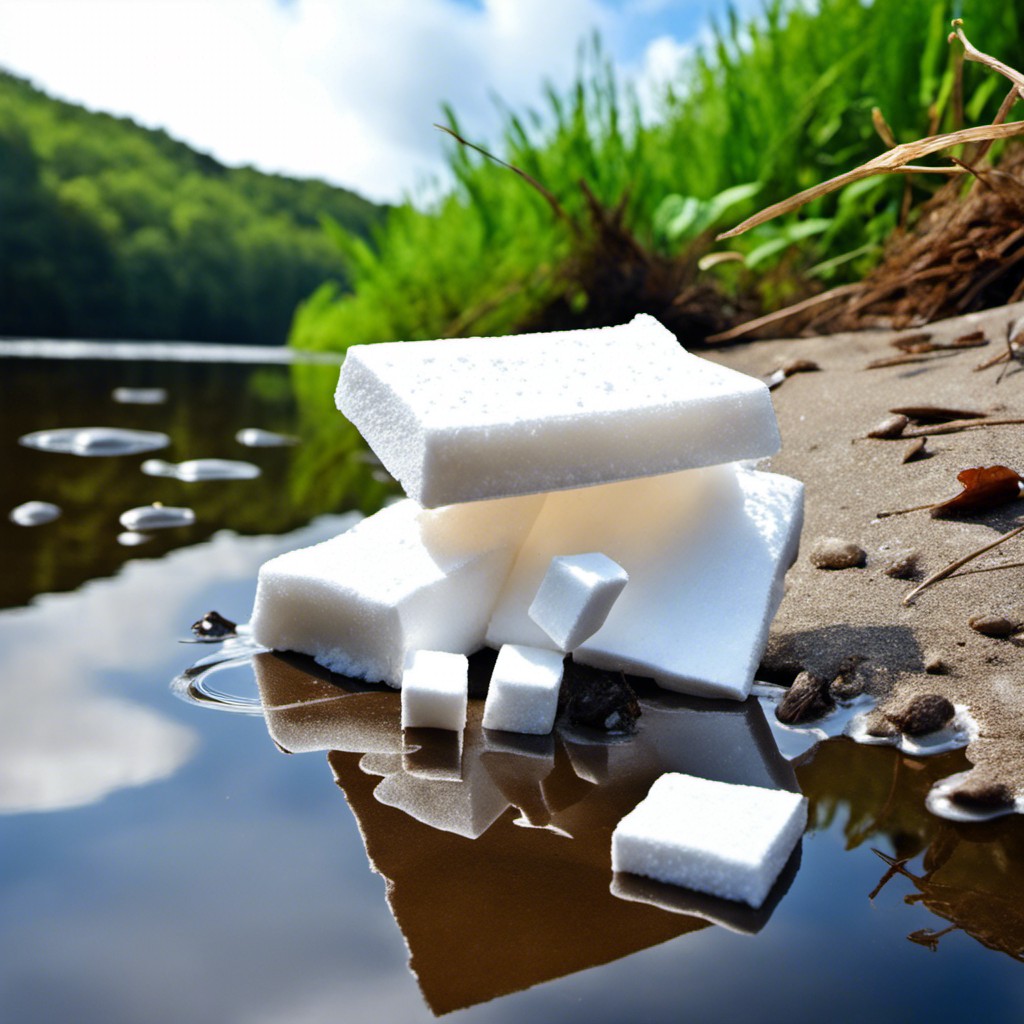
Styrofoam is a type of plastic that is not biodegradable and can take hundreds of years to decompose. It’s often used in packaging materials, disposable cups, plates, and food containers.
When Styrofoam ends up in landfills or oceans, it poses a significant threat to the environment.
The manufacturing process for Styrofoam also contributes to pollution as it releases harmful chemicals into the air and waterways. These chemicals can have adverse effects on wildlife and human health.
As consumers become more aware of the impact that Styrofoam has on our planet, they are seeking out alternative materials that are eco-friendly and sustainable. In this article, we will explore some innovative solutions for replacing Styrofoam with environmentally conscious options such as biodegradable peanuts starches or plant-based packaging products like bamboo containers or seaweed-based foam.
Biodegradable Materials
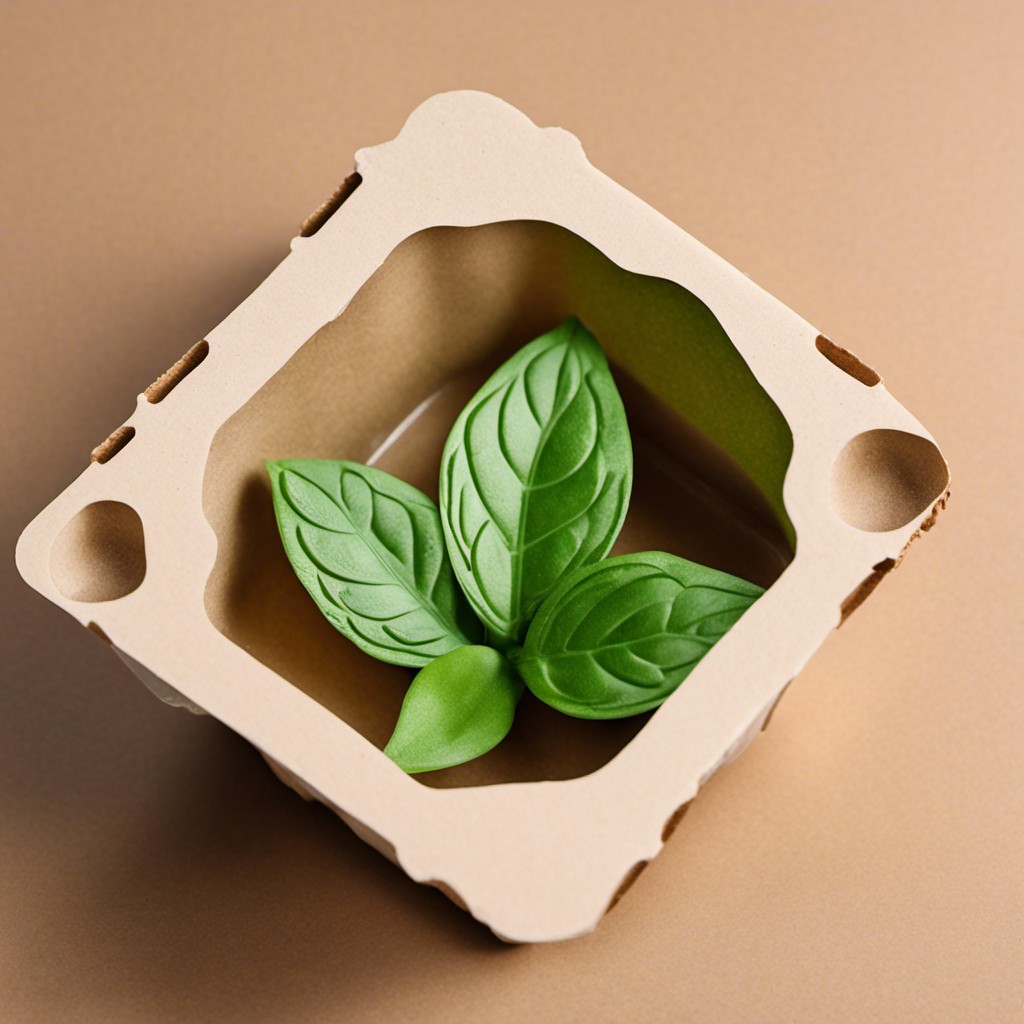
These materials are designed to break down naturally over time, reducing waste and minimizing environmental impact. Biodegradable packaging can be made from a variety of sources, including plant-based plastics, cornstarch solutions, and even seaweed-based foam.
One example of a biodegradable material that has gained popularity in recent years is mycelium or mushroom packaging. This innovative material is created by growing mushrooms on agricultural waste products such as sawdust or rice hulls until they form a dense network called mycelium.
The resulting product can then be molded into various shapes and sizes for use in packaging.
Another popular option for biodegradable materials is bagasse containers made from sugarcane fibers left over after juice extraction. These containers are sturdy enough to hold hot liquids like soup or coffee but will eventually break down when disposed of properly.
Biodegradable Peanuts Starch

These packing peanuts are made from natural materials and can be easily dissolved in water, making them environmentally friendly. They are also non-toxic and safe for use around food products.
One of the benefits of using biodegradable peanuts starch is that they break down quickly, reducing waste in landfills. Unlike traditional Styrofoam packaging, which takes hundreds of years to decompose, these packing peanuts dissolve within minutes when exposed to water.
Another advantage is that they can be reused multiple times before being disposed of properly. This makes them a cost-effective solution for businesses looking to reduce their environmental impact while still maintaining high-quality packaging standards.
Biodegradable Peanuts Starch offers a sustainable option for those seeking alternatives to harmful materials like Styrofoam.
Plant-based Packaging

It’s made from renewable resources, such as cornstarch, sugarcane bagasse, and wheat straw. These materials are biodegradable and compostable, which means they can break down naturally without harming the environment.
One of the most popular plant-based packaging options is cornstarch solutions. Cornstarch packing peanuts look like Styrofoam but dissolve in water or decompose in soil within a few weeks.
Another option for plant-based packaging is sugarcane bagasse products that are made from leftover fibers after juice extraction. They’re sturdy enough to hold hot liquids and microwave-safe too!
Wheat straw products are also gaining popularity as a sustainable alternative to plastic containers because they’re durable yet lightweight.
Paper-based Products
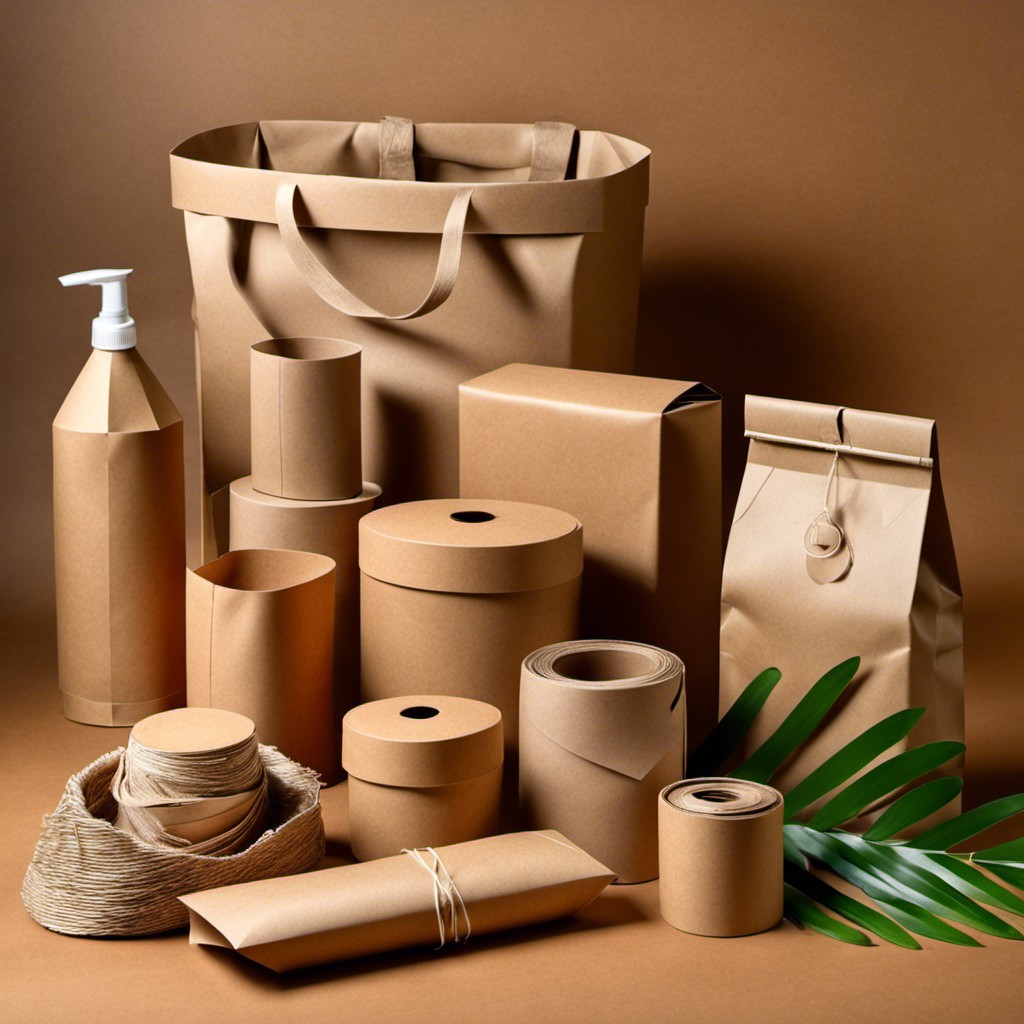
They are eco-friendly, biodegradable, and can be recycled easily. Paper cups, plates, and bowls come in various designs and sizes that make them perfect for any occasion.
You can even find paper straws as an alternative to plastic ones! Not only do they look stylish but also help reduce the amount of waste produced by single-use plastics.
One of the best things about paper-based products is that they are affordable compared to other alternatives like bamboo or cornstarch solutions. Plus, you don’t have to worry about harmful chemicals leaching into your food or drinks since these materials are safe for consumption.
If you’re looking for a more sustainable option when it comes to packaging your home decor items or gifts during holidays such as Christmas or birthdays – consider using kraft paper instead of Styrofoam peanuts! Kraft paper is sturdy enough to protect fragile items while being 100% recyclable at the same time.
Paper-based products offer an excellent solution if you want something eco-friendly without breaking the bank on expensive alternatives like bamboo containers or mushroom packaging.
Wheat Straw Products
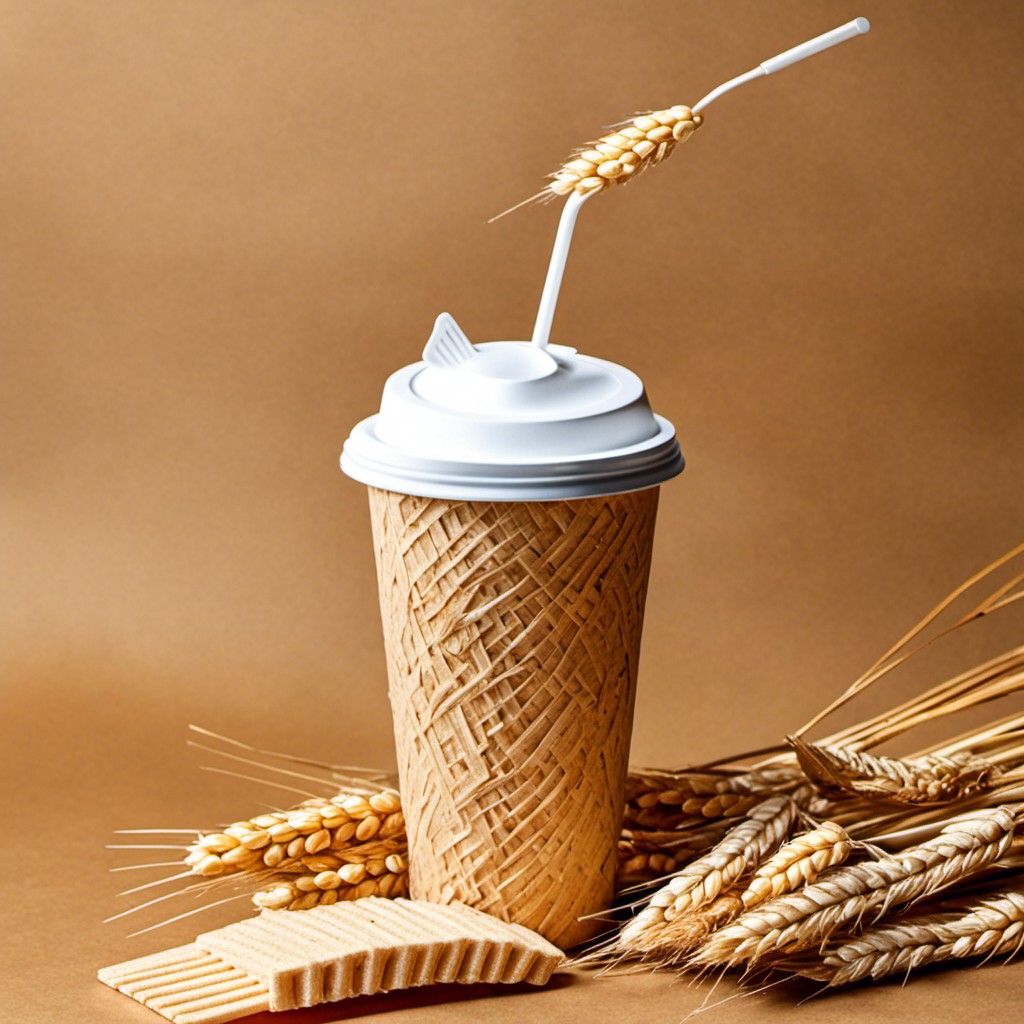
Wheat straw is the stalk left over after wheat grains are harvested, and it’s usually burned or discarded as waste. However, companies have found a way to turn this agricultural byproduct into eco-friendly packaging materials such as plates, bowls, cups and cutlery.
These products are biodegradable and compostable since they’re made from natural fibers that break down quickly in soil without releasing harmful chemicals. They’re also microwave-safe and can withstand hot liquids up to 200 degrees Fahrenheit.
Using wheat straw products not only helps reduce waste but also supports farmers who would otherwise burn or discard their leftover crop residue. It’s a win-win situation for both the environment and agriculture industry!
Recyclable Aluminum
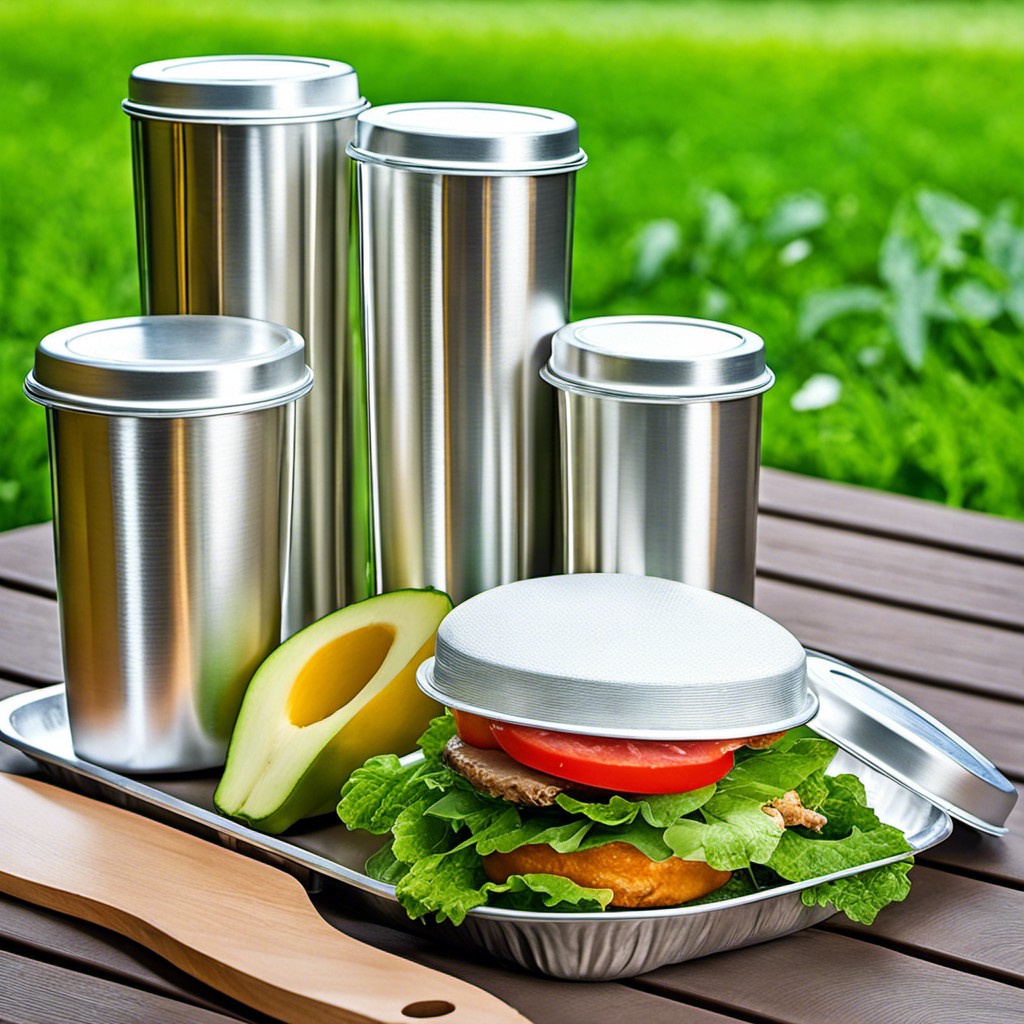
It’s lightweight, durable, and resistant to corrosion making it an excellent alternative to Styrofoam packaging. Recyclable aluminum containers are perfect for storing food items as they keep the contents fresh while being easy to transport.
They’re also great for outdoor events such as picnics or barbecues since they’re sturdy enough not to break easily if dropped. One of the best things about recyclable aluminum is that it has a high recycling rate compared to other materials like plastic or glass.
According to the Aluminum Association, nearly 75% of all aluminum produced in history is still in use today! This means that using recyclable aluminum products reduces waste and conserves resources. Many companies have started using recycled content in their manufacturing processes which further reduces environmental impact by reducing energy consumption during production.
Choosing recyclable aluminum over Styrofoam can make a significant difference when it comes down protecting our planet from pollution caused by non-biodegradable materials like Styrofoam.
Bamboo Containers
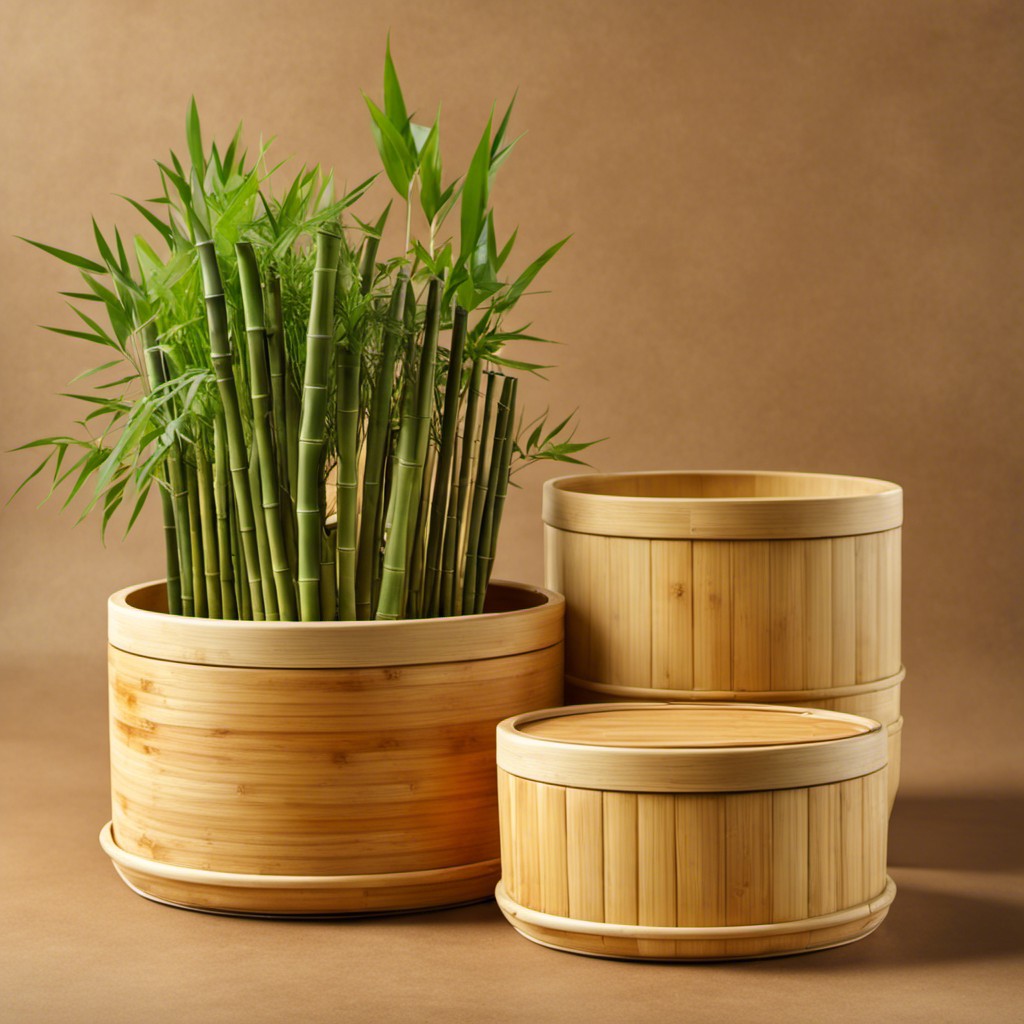
It’s an eco-friendly alternative to traditional materials like plastic and Styrofoam. Bamboo containers are lightweight, durable, and biodegradable.
These containers come in various shapes and sizes suitable for different purposes such as food storage or home decor. They can be used for storing dry goods like rice or flour or even liquids like soup due to their leak-proof design.
One of the best things about bamboo containers is that they are easy to clean and maintain. You can simply wash them with soap and water after use without worrying about any harmful chemicals leaching into your food.
In addition to being environmentally friendly, bamboo containers also add a touch of natural beauty to your home decor. They have a unique texture that adds warmth and character wherever they’re placed.
Cornstarch Solutions

It’s biodegradable, compostable, and made from renewable resources. Cornstarch packaging solutions are becoming increasingly popular in the food industry as they offer an eco-friendly option for takeout containers.
Cornstarch-based products have similar properties to traditional plastic but without the environmental impact. They can withstand high temperatures and are microwave-safe making them ideal for hot foods like soup or noodles.
One of the most significant advantages of cornstarch solutions is that they break down quickly in landfills compared to traditional plastics that can take hundreds of years. This means less waste ends up polluting our environment.
Eco-friendly Plastics

They are made from renewable resources and can be recycled or biodegraded, making them an excellent choice for environmentally conscious consumers. These plastics come in various forms, including polylactic acid (PLA), which is derived from cornstarch and sugarcane; polyhydroxyalkanoates (PHA), which is produced by bacteria that consume organic waste; and bio-based polyethylene terephthalate (PET).
Eco-friendly plastic products include cups, plates, utensils, food containers as well as packaging materials.
One of the benefits of eco-friendly plastics is that they have a lower carbon footprint than traditional petroleum-based plastic products. This means that they produce fewer greenhouse gas emissions during production and disposal.
However, it’s important to note that not all eco-plastics are created equal. Some may require specific conditions for proper disposal or recycling while others may still take years to decompose fully in landfills if not disposed of correctly.
Seaweed-based Foam
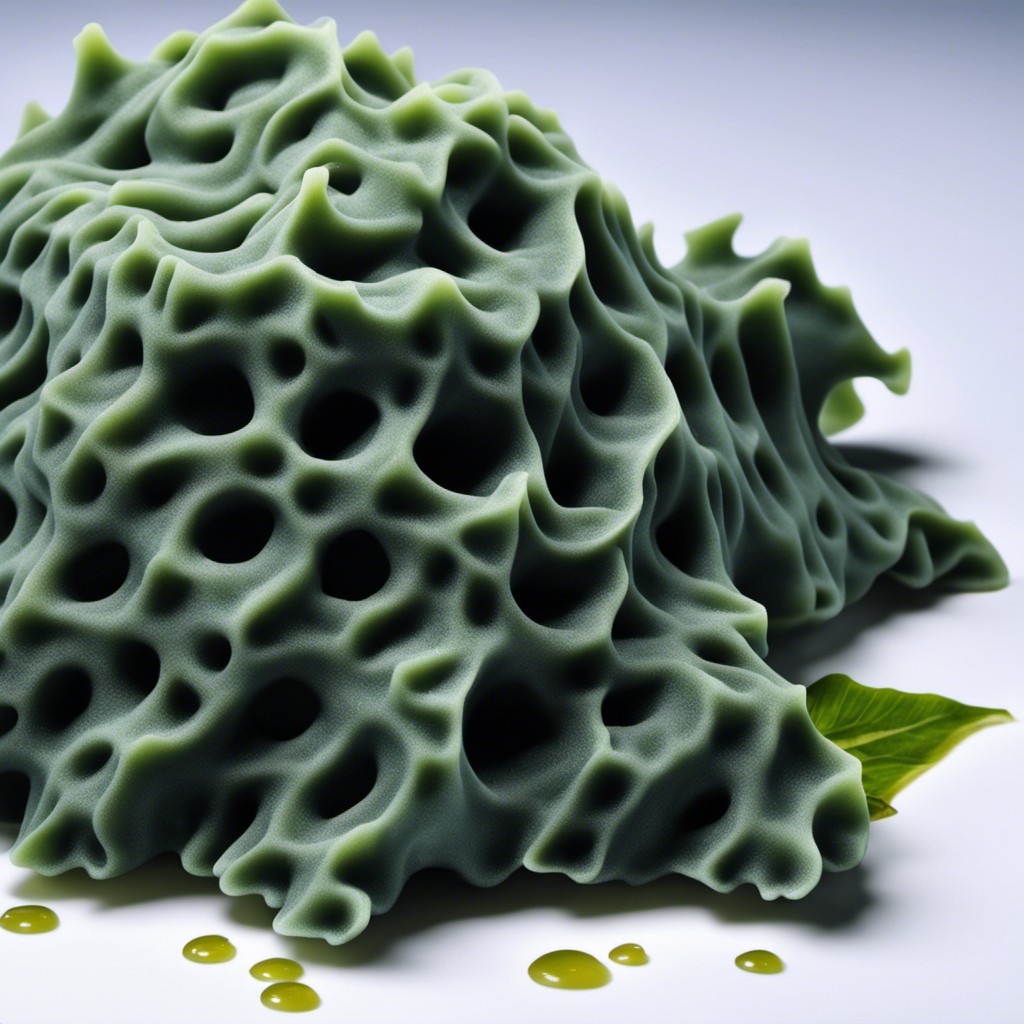
It is made from seaweed, which makes it an eco-friendly alternative to Styrofoam. Seaweed-based foam can be used for packaging and insulation purposes, just like Styrofoam.
One of the benefits of using seaweed-based foam is that it’s biodegradable and compostable. This means that when you’re done with it, you can simply throw it away without worrying about harming the environment.
Another advantage of using seaweed-based foam over traditional materials like Styrofoam is its ability to absorb carbon dioxide from the atmosphere during production. This helps reduce greenhouse gas emissions and contributes to fighting climate change.
In addition to being environmentally friendly, seaweed-based foams are also versatile in their applications as they come in different shapes and sizes suitable for various uses such as food packaging or even surfboards!.
Mushroom Packaging
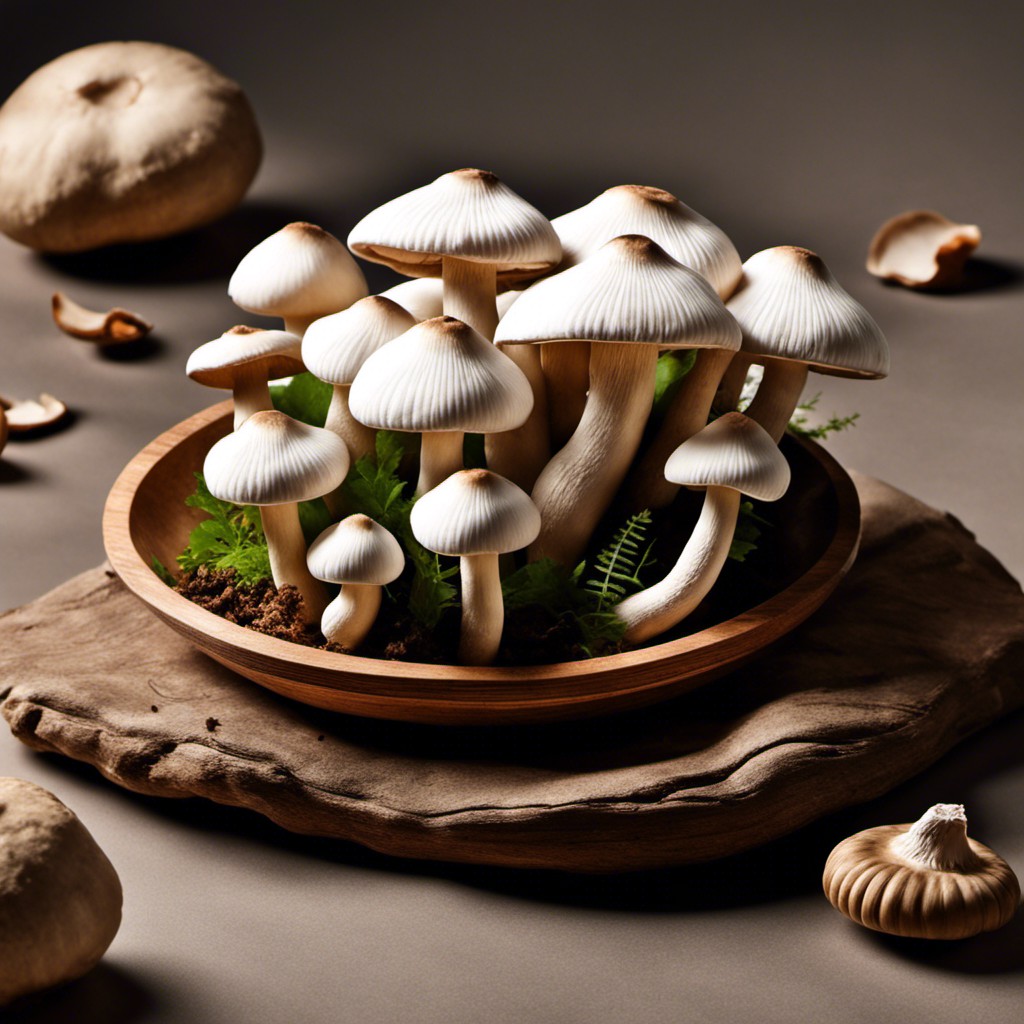
This eco-friendly material is made from mycelium, which is the root structure of mushrooms. It can be grown in a variety of shapes and sizes, making it an excellent alternative for packaging products.
Mushroom packaging has several advantages over traditional materials like Styrofoam. For one thing, it’s biodegradable and compostable, so it won’t harm the environment when disposed of properly.
Mushroom packaging requires fewer resources to produce than other materials since mycelium grows quickly without needing much water or energy.
Another benefit of using mushroom-based products as an alternative to Styrofoam is that they are incredibly versatile in their applications – from food containers to insulation panels; there seems no limit on what this material can do!.
Natural Fiber Packaging
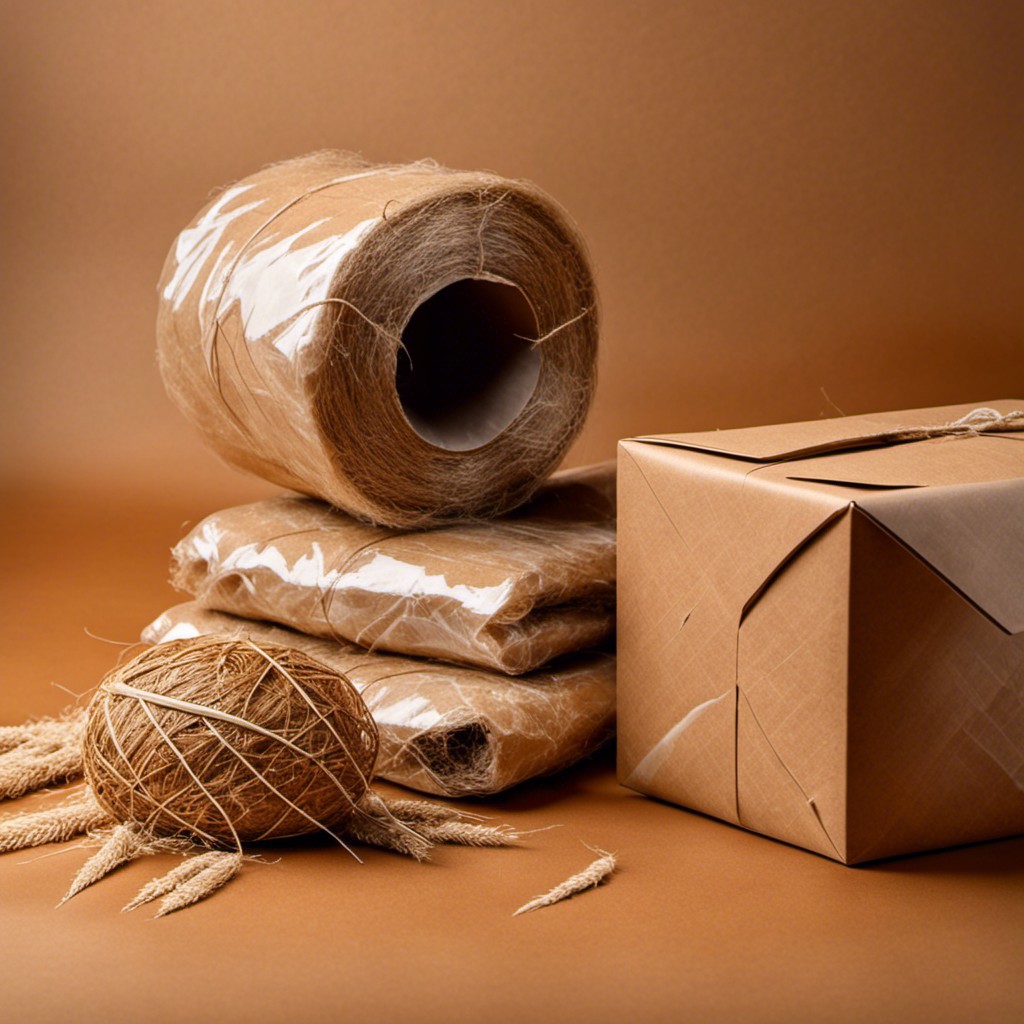
This type of packaging is made from renewable resources such as bamboo, hemp, and cotton. Natural fibers are biodegradable and compostable, making them an excellent choice for sustainable living.
One example of natural fiber packaging is molded pulp trays that can be used for food or electronics. These trays are made from recycled paper waste and can be easily composted after use.
Another option is using jute bags instead of plastic bags when shopping for groceries or carrying items around town. Jute bags are durable, reusable, and biodegradable.
Using natural fiber packaging not only helps reduce waste but also supports the growth of sustainable industries that prioritize environmental responsibility in their production processes.
Edible Packaging
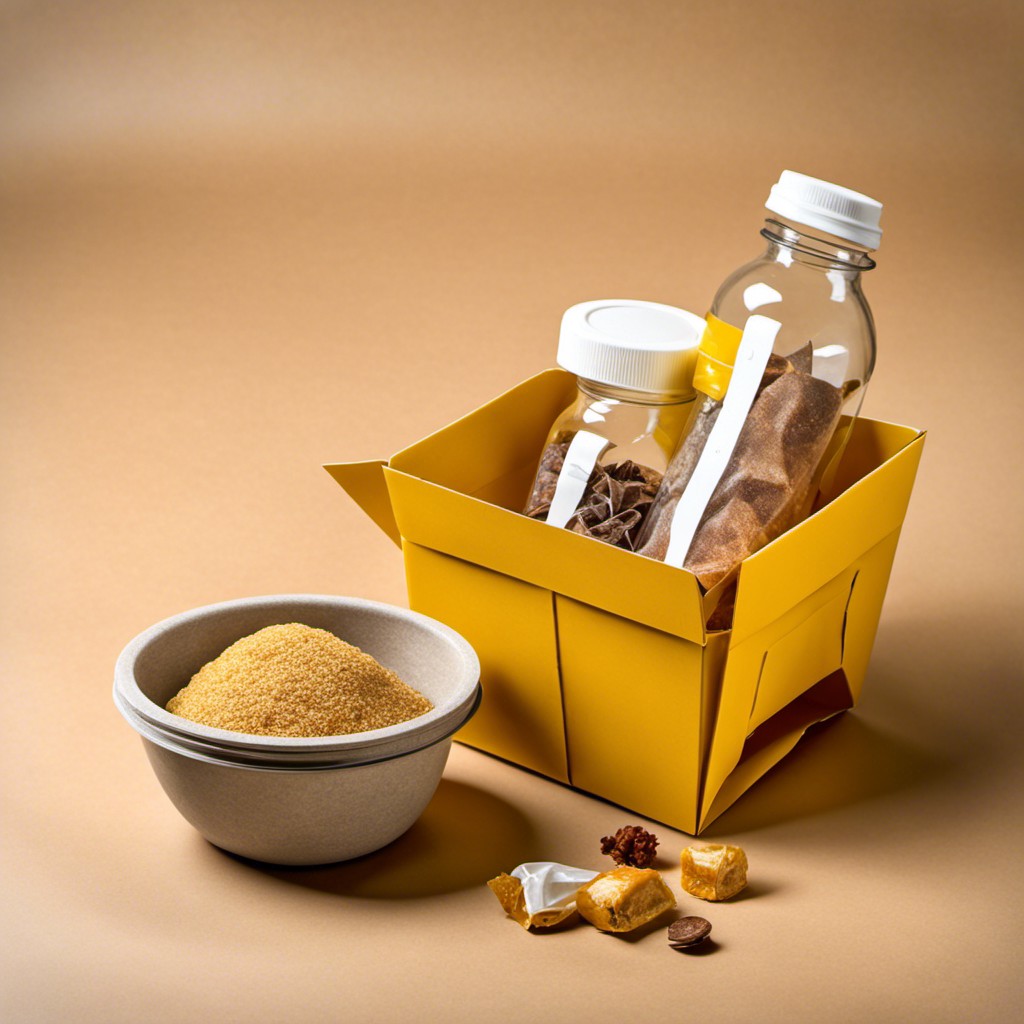
Yes, you read that right! Edible packaging is made from natural ingredients such as seaweed, potato starch, and cornstarch. These materials are biodegradable and can be consumed along with the food they contain.
This means less waste in landfills and a more sustainable future for our planet.
Edible packaging has been used in various industries such as food service and pharmaceuticals. It’s an excellent solution for single-use items like straws or utensils because it eliminates plastic waste altogether.
Imagine serving your guests drinks with edible cups or eating snacks out of edible wrappers? Not only will it reduce waste but also add a unique touch to your party decor!.
Alternatives to Styrofoam Foodservice Products
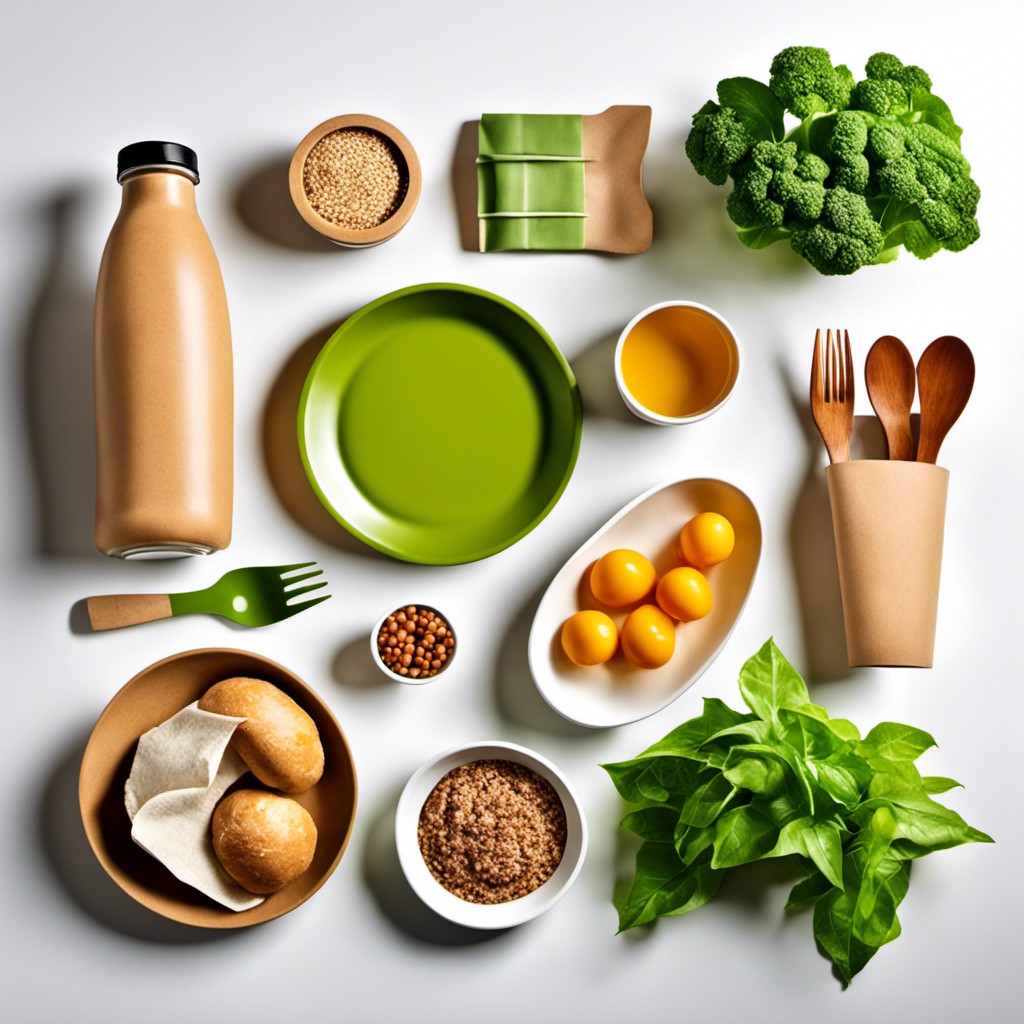
However, with the growing concern over its environmental impact, more and more businesses are looking for alternatives that are both eco-friendly and cost-effective. Fortunately, there are plenty of options available.
One alternative to Styrofoam is bagasse containers made from sugarcane fibers. These containers can hold hot or cold foods and liquids without leaking or becoming soggy.
They’re also microwave-safe and compostable.
Another option is palm leaf plates which come from fallen leaves of the Areca Palm tree in India. These plates have a natural look that adds an elegant touch to any event while being biodegradable at the same time.
Recycled cardboard boxes can be used as takeout containers instead of Styrofoam clamshells too! They’re sturdy enough to hold heavy meals like burgers or pasta dishes without breaking down quickly.
Bagasse Containers
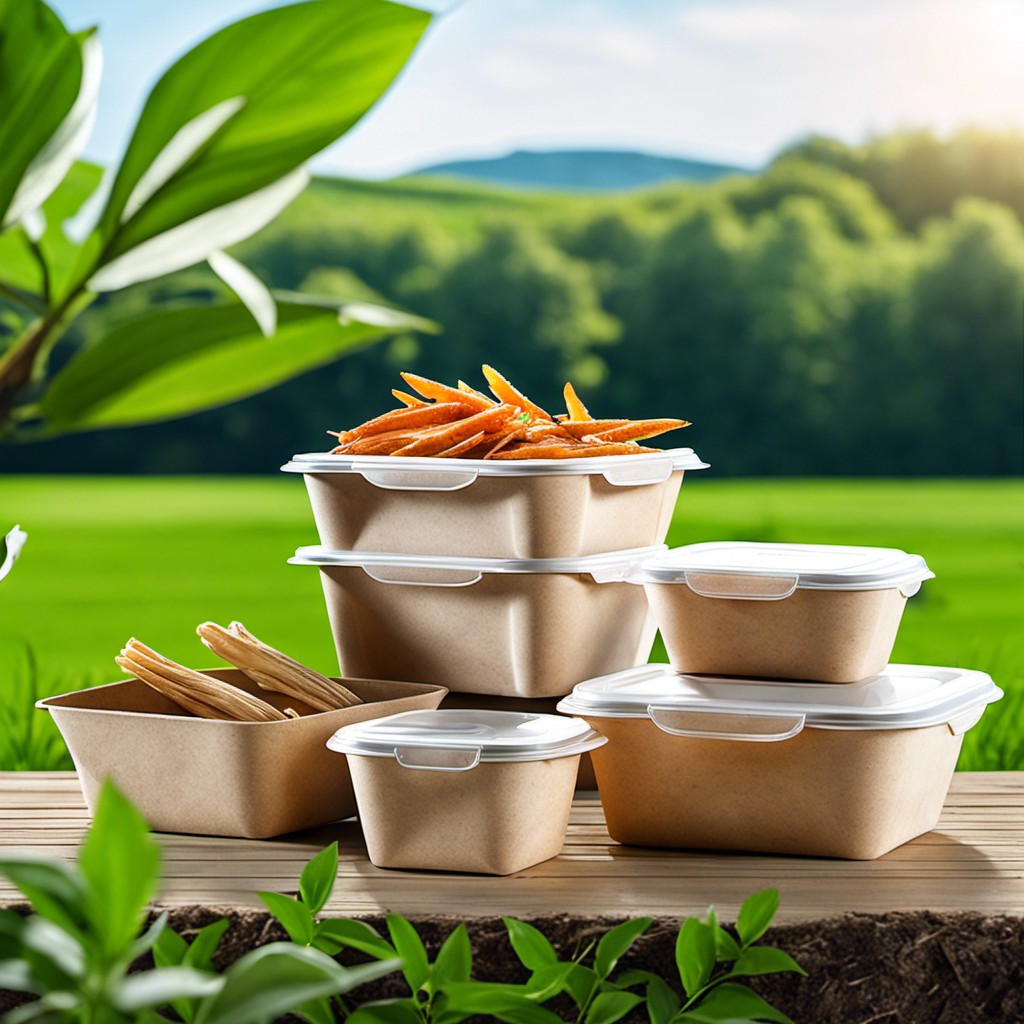
Bagasse is a byproduct of sugarcane processing, and it’s often discarded as waste. However, this material can be repurposed into eco-friendly packaging products such as plates, bowls, and takeout containers.
Bagasse containers are sturdy and durable enough to hold hot or cold food items without leaking or breaking down quickly. They’re also microwave-safe and freezer-safe for added convenience.
Using bagasse products instead of Styrofoam not only helps reduce waste but also supports sustainable agriculture practices by utilizing sugarcane residue that would otherwise go unused.
Palm Leaf Plates
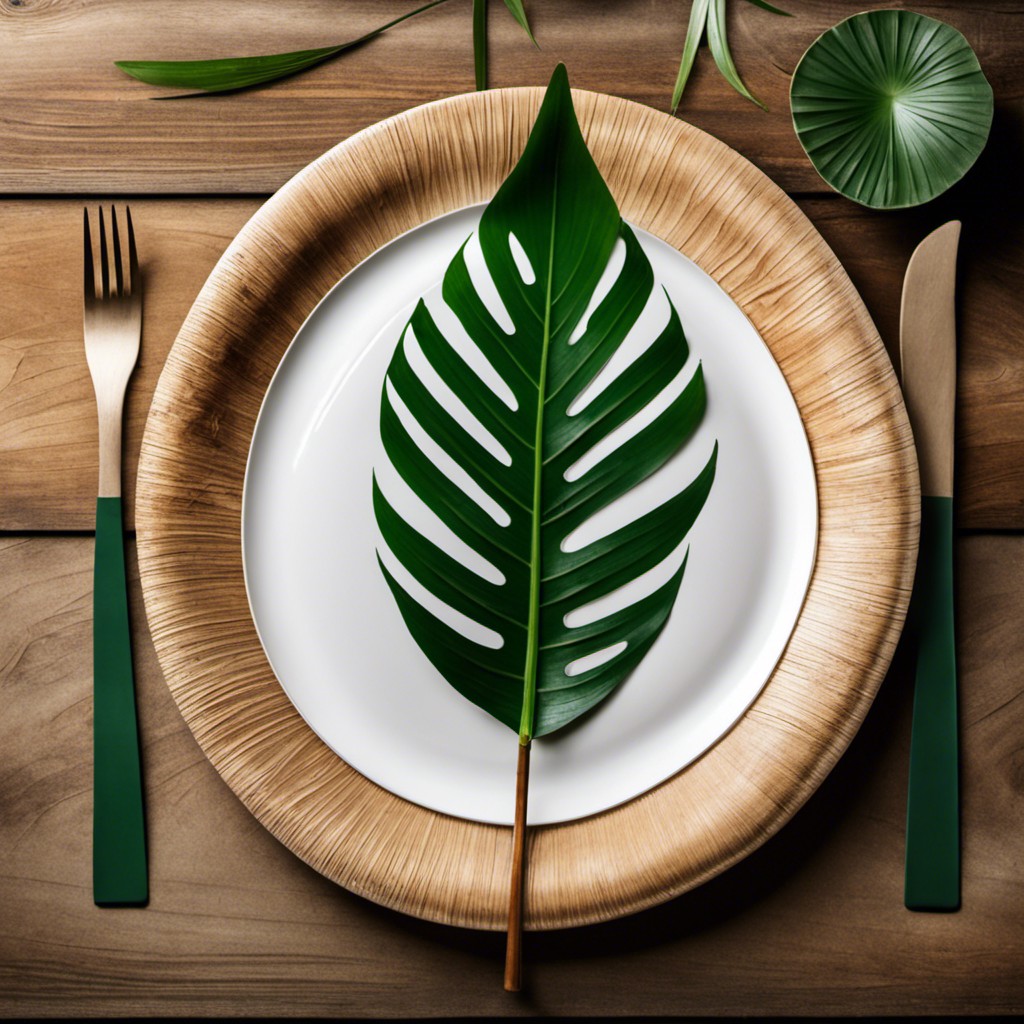
These plates are made from fallen leaves of the Areca Palm tree, which are collected and cleaned before being pressed into shape using heat and pressure. They are 100% natural, biodegradable, compostable, and can be used for both hot and cold food items.
Not only do they look beautiful with their unique patterns but they also add a touch of elegance to any table setting. Plus, since each plate is made from a different leaf pattern it adds an element of uniqueness that you won’t find in traditional disposable dinnerware.
Using palm leaf plates not only helps reduce waste but also supports local communities who collect the fallen leaves as part of their livelihoods.
Recycled Cardboard
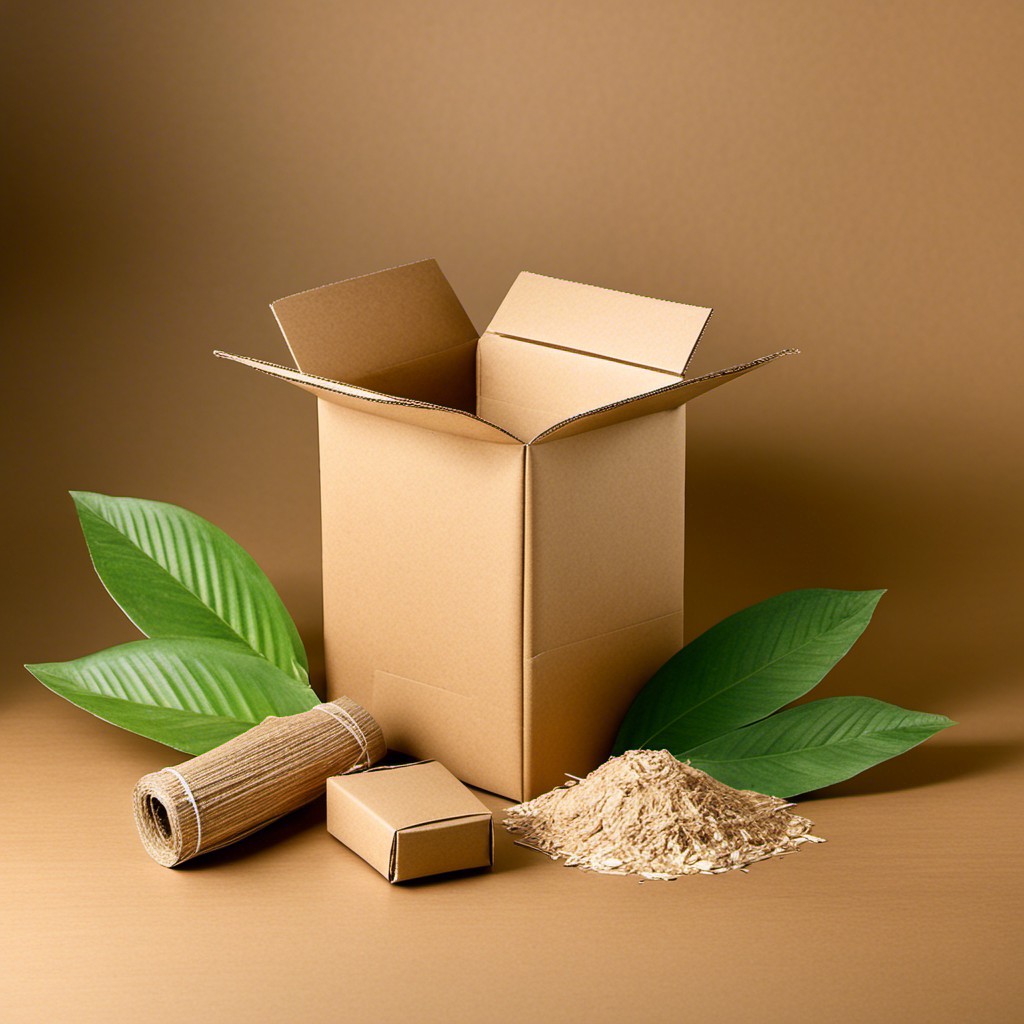
It’s a versatile material that can be used for various purposes, including packaging and home decor. Recycled cardboard is made from post-consumer waste, which means it reduces the amount of waste in landfills and saves trees from being cut down.
Cardboard boxes are easy to find and can be repurposed into many different things such as storage containers or even furniture pieces like bookshelves or coffee tables. You can also use them as a base for DIY projects like wreaths or picture frames.
When using recycled cardboard for packaging, make sure you choose ones that are sturdy enough to protect your items during shipping. Look out for corrugated options with multiple layers of paper sandwiched between two flat sheets; they offer excellent cushioning properties while still being lightweight.
Recycled cardboard offers an affordable solution when looking for alternatives to Styrofoam without compromising on quality or durability.
Glass Alternatives

Glass is a versatile material that can be used for various purposes, including packaging. It’s durable, reusable and recyclable which makes it an eco-friendly option for those who want to reduce their carbon footprint.
One of the most popular glass alternatives in the market today are silicone containers. They are made from food-grade silicone and come in different sizes and shapes perfect for storing food or packing lunches on-the-go.
Silicone containers are microwave-safe, dishwasher-safe, freezer-safe making them a great investment as they last longer than plastic storage options.
Another option worth considering is tempered glass containers with snap-on lids that make them ideal for meal prep or storing leftovers in your fridge or freezer without worrying about spills or leaks.
There are many sustainable materials available as an alternative to Styrofoam such as biodegradable peanuts starches, plant-based packaging products like bamboo containers & wheat straw products; recycled cardboard boxes; edible packaging solutions like seaweed-based foam & mushroom packaging; natural fiber options such as palm leaf plates & bagasse bowls among others.
Ceramic Replacements
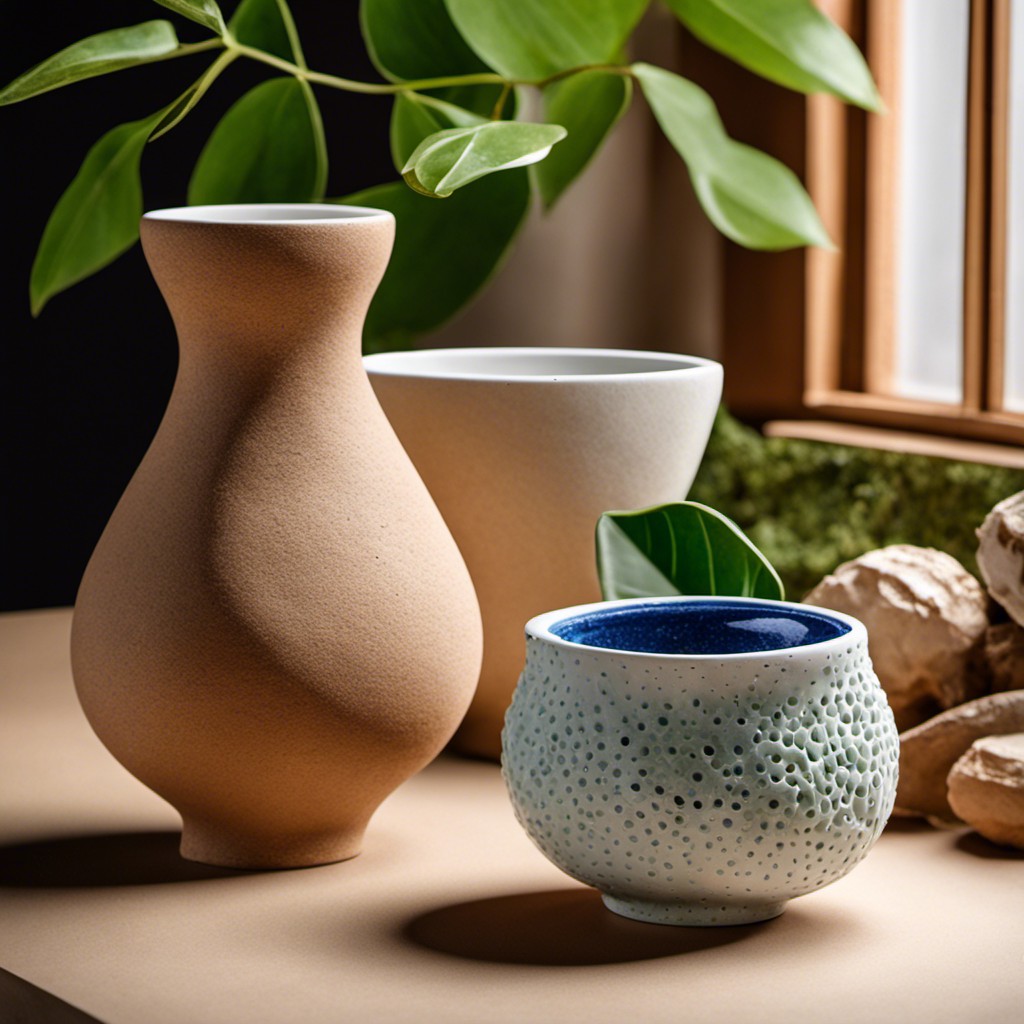
Ceramic dishes and bowls are a great way to add some elegance and sophistication to your home decor while also being environmentally friendly. They come in various shapes, sizes, colors, and designs that can complement any interior style.
You can use ceramic plates for serving food or as decorative pieces on shelves or walls. You can also use them as planters for small indoor plants like succulents or cacti.
One of the best things about using ceramics is that they are durable and long-lasting compared to disposable Styrofoam products. Plus, you won’t have to worry about harmful chemicals leaching into your food since ceramics are non-toxic.
If you’re looking for an eco-friendly alternative that adds a touch of classiness at the same time – consider switching from Styrofoam products over reusable ceramic ones!.
FAQ
What can I use instead of Styrofoam for packaging?
Instead of Styrofoam, you can use alternatives like foam peanuts, biodegradable styrofoam, and eco-friendly styrofoam for packaging.
What can I use instead of Styrofoam for crafts?
Instead of Styrofoam, you can use tightly rolled newspaper balls taped with packaging tape and spray painted white, which are inexpensive and effective for making crafts like Pom Pom decorations.
What is the most environmentally friendly foam?
The most environmentally friendly foam is Green Cell Foam, as it is made from US-grown corn and is certified compostable in backyard and industrial facilities, with the option to dissolve it in a sink for safe and easy disposal.
How can I create biodegradable protective packaging for my products?
To create biodegradable protective packaging for your products, consider using materials like mushroom mycelium, starch-based foam, or recycled paper that decompose naturally over time.
Are there any plant-based foams suitable for crafting and insulation?
Yes, there are plant-based foams, such as cork and mycelium-based foams, which are suitable for crafting and insulation.
What are some innovative materials currently being developed as alternatives to traditional foam products?
"Currently, some innovative materials being developed as alternatives to traditional foam products include biodegradable foams, silicone-based foams, and plant-based memory foams."
Recap
